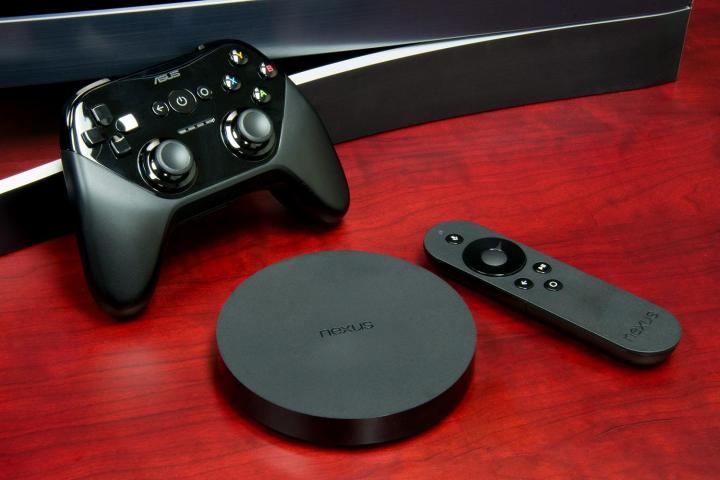
The Nexus Player was largely considered a pretty good entry for Google into the smart TV space, although it definitely had its drawbacks. Perhaps the best thing about the Nexus Player was the price. It really lived up to the Nexus name, being aimed squarely at showing off what Android TV could do, rather than trying to have the best specs on the market.
Of course, the Nexus Player is leaving behind a legacy — a ton of third-party companies have adopted the Android TV platform over the past few years, including the likes of Nvidia, Xiaomi, and so on. Because of this, Android TV as a platform is clearly here to stay, at least for the foreseeable future.
The reason for the Nexus Player being discontinued is unknown. Perhaps Google realizes that third-party companies are simply making better Android TV devices, or perhaps it’s to make way for a Nexus Player 2.
The Nexus Player was first introduced in late 2014, and was the first device to run Android TV. It followed the Chromecast, which allowed users to stream content from their phone or computer to their TV. The Nexus Player incorporated this feature, but also offered Android TV, an interface for watching and downloading TV shows, movies, and even some games. Of course, before the Chromecast, we also had the Google Nexus Q, a dud of a device that ran the Google TV platform, which ultimately was phased out in favor of the far superior Android TV platform.

